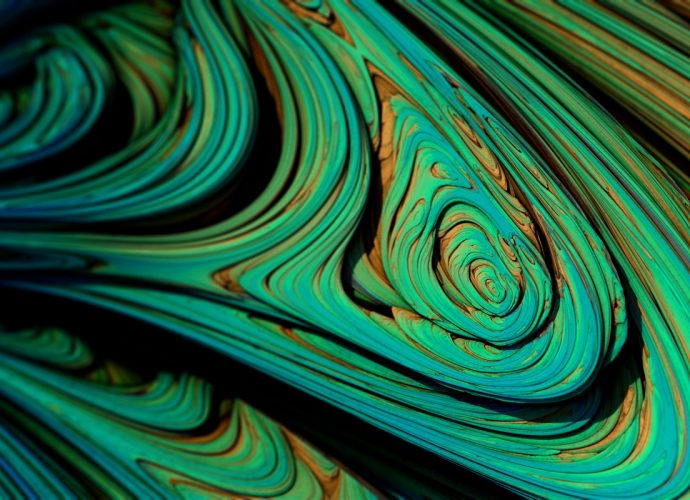What Does Nutmeg Do For Your Face?
Nutmeg has anti-inflammatory properties that help reduce redness and pigmentation. Stubborn scars become lighter and skin tone is evened. The best part about this spice: it works well for both oily and dry skin! It helps tighten pores to reduce oiliness, exfoliate skin and boost hydration. Is it OK toRead More →




